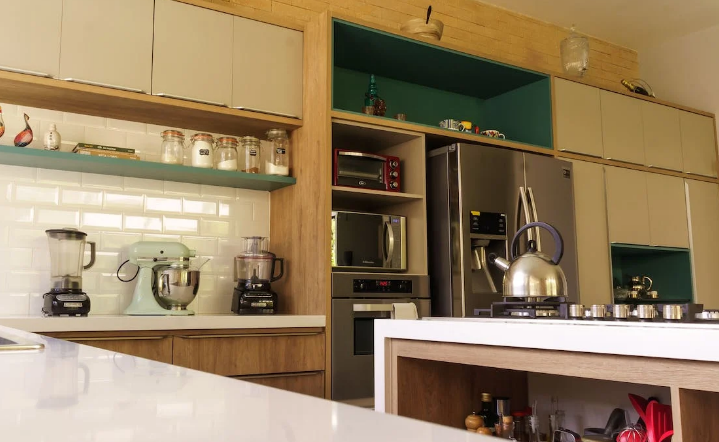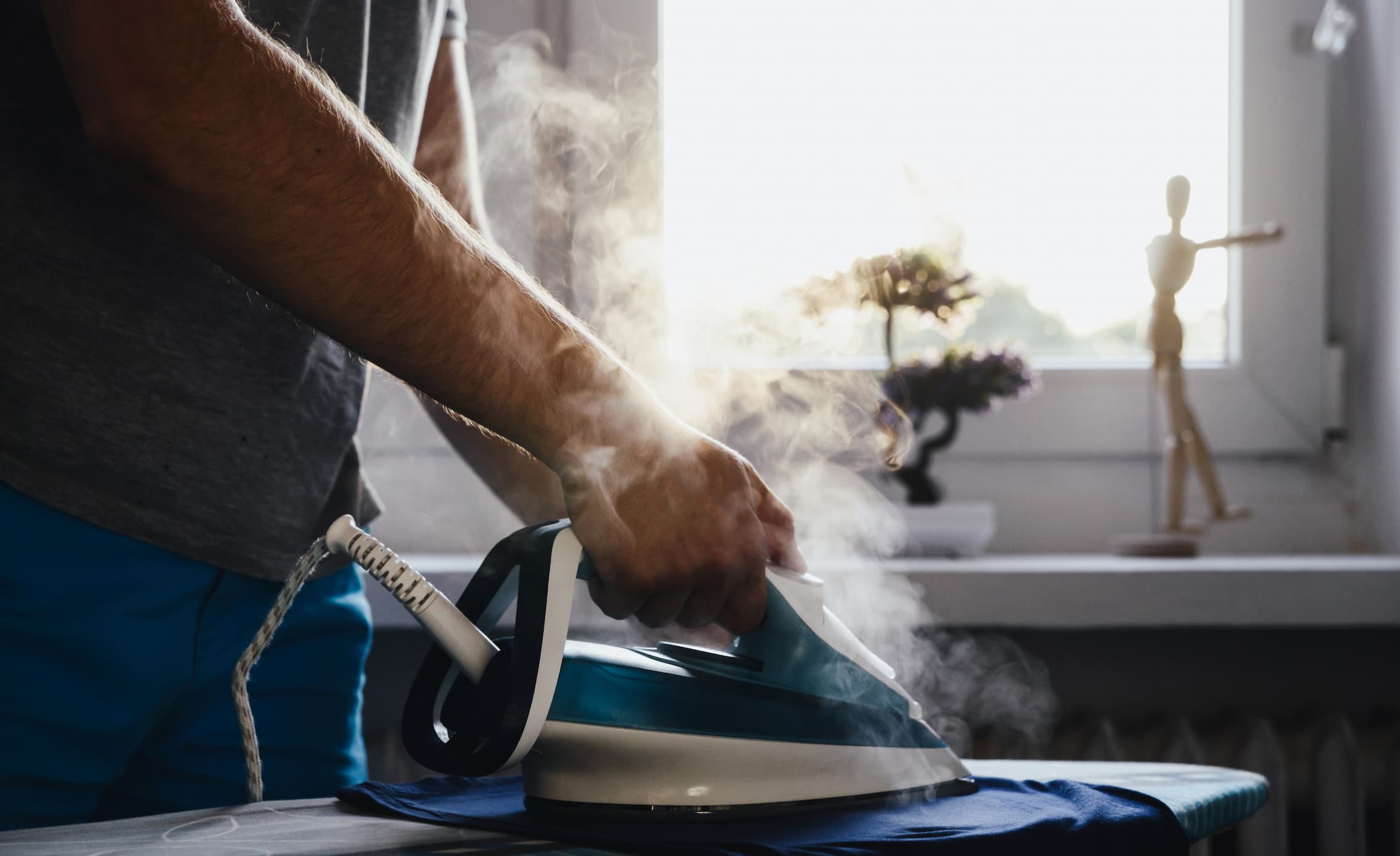Steam generator irons are a popular choice for households as they provide powerful steam for efficient ironing. However, like any other appliance, these irons can experience faults over time. In this blog, we will discuss common steam generator iron faults, how to identify if you have a steam generator iron or a steam iron, and offer troubleshooting and repair tips that you can easily do at home. In cases where you are unable to fix the problem, we will also recommend seeking professional repair from the company Repair It Reuse It.
Identifying a Steam Generator Iron
Before we proceed, it’s essential to understand the difference between a steam generator iron and a traditional steam iron. A steam generator iron consists of a separate water tank connected to a soleplate via a hose. Traditional steam irons, on the other hand, have an integrated water tank and heating element in the main unit.
The Most Common Steam Generator Iron Faults and their Solutions:
Like all appliances, steam irons can experience faults and malfunctions. The most common steam iron faults include a lack of steam, water leakage, power issues, and damage to the soleplate. Here, we’ll discuss the causes and possible solutions for each of these common faults so that you can troubleshoot and fix them promptly and efficiently.
- No Steam or Insufficient Steam:
One of the most frustrating issues with a steam generator iron is when no steam or only a limited amount of steam is being produced. To ensure optimal performance of your steam generator iron, there are several steps you can take. Firstly, check that the water tank is completely filled and securely connected to the unit. Next, ensure that the iron is heated to the appropriate temperature for steam generation. Over time, mineral build-up and limescale can accumulate in the steam vents or on the steam generator plate, so it’s important to clean these regularly to maintain proper functionality. If the aforementioned steps fail to resolve the issue, carefully descale the iron using a suitable descaling solution, following the manufacturer’s instructions to effectively remove any mineral deposits.
- Water Leakage:
Water leakage is another common problem with steam generator irons. To prevent water leakage from your steam generator iron, it’s crucial to perform several checks. Firstly, ensure that the water tank is correctly inserted and securely tightened to avoid any potential leaks. Additionally, be mindful not to overfill the water tank, as this can result in overflow and subsequent leakage. It’s important to inspect the water tank for any signs of cracks or damage, and if identified, replace it as needed. If despite these measures the issue persists, it could indicate a faulty valve or seal, in which case seeking professional repair is the recommended course of action.
- Power Issues:
If your steam generator iron is not turning on or experiencing power-related problems, follow these steps:
To troubleshoot power-related issues with your steam generator iron, there are several steps you can take. First, check that the power cord is securely plugged into the socket. Next, ensure that the power switch on the unit is in the “on” position. To further investigate the issue, test the socket with another appliance to verify that it is functioning correctly. If, despite these checks, the iron still fails to turn on, it could indicate a more complex electrical fault. In such cases, it is advisable to seek assistance from a professional repair service like Repair It Reuse It who have the expertise to diagnose and address the problem effectively.
What is the lifespan of a steam generator iron?
The lifespan of a steam generator iron can vary depending on several factors, including usage frequency, maintenance, and the specific model. On average, a steam generator iron can last anywhere from 5 to 10 years. However, with proper care and maintenance, some steam generator irons can potentially exceed this timeframe. Regular descaling, cleaning of steam vents, and following the manufacturer’s guidelines for use and maintenance can help prolong the lifespan of the iron. It’s important to note that the specific duration of a steam generator iron’s lifespan may vary, so it’s always a good idea to refer to the manufacturer’s recommendations and guidelines for the specific model you own.
When to Seek Professional Repair with Repair It Reuse It:
While the above troubleshooting steps can resolve many common steam generator iron faults, some issues may require specialised knowledge and tools. In such cases, Repair It Reuse It is an excellent choice for professional repairs. We have experienced technicians who can diagnose and fix a wide range of appliance faults, including steam generator irons. Our convenient service ensures your appliance is repaired quickly and effectively, extending its lifespan and minimising e-waste.
What next with your iron?
Steam generator irons provide efficient and powerful steam for wrinkle-free clothes, but they can encounter faults over time. By following the troubleshooting tips mentioned above, you can often resolve common faults at home. However, for complex issues or when you are unable to fix the problem, seeking professional repair from companies like Repair It Reuse It is the best course of action. Remember to always refer to the manufacturer’s instructions and exercise caution when attempting repairs at home. With proper care and maintenance, your steam generator iron will continue to serve you well for years to come.







